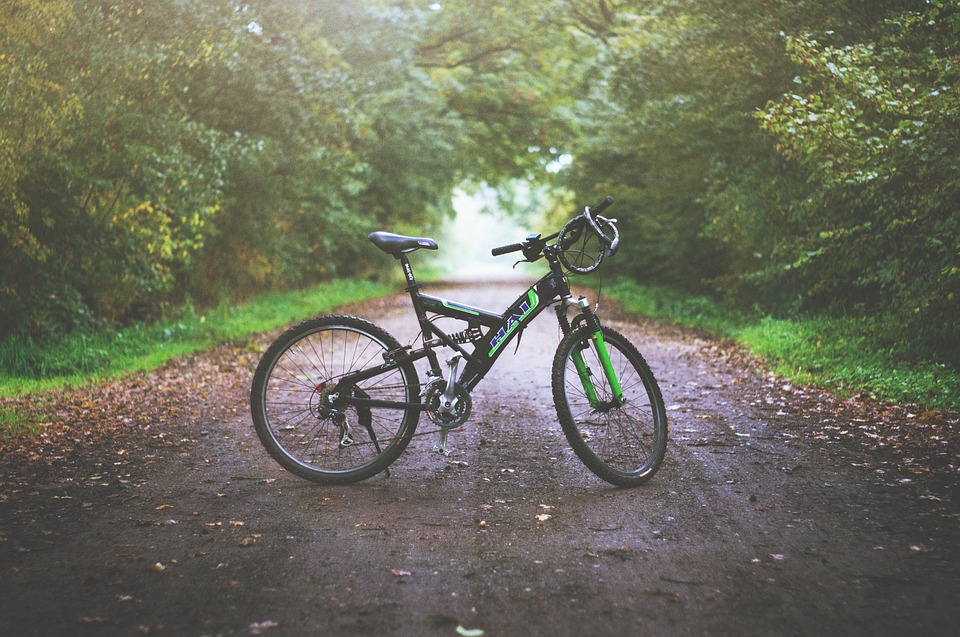Events such as mountain biking competitions create peripheral markets in the area they’re hosted in, such as great selection of bike repair and spares shops in a cycling town. That’s the story told in the film Matador, about Mexico City, where the city’s streets are laced with boutique shops full of amazing things. The film combines beautiful cinematography, with swoons over the city’s architecture and splashes of colour.
Bicycle shops can sometimes be fleeting products, with customers arriving and leaving quickly when it’s time to head to the races. Things can change around an individual shop with little notice, depending on demand and what the local racing scene is.
But generally there are two sides to cycling shops. At the sporty end there are things such as clothing and shoes; at the sports road and mountain bike end there is more useful kit such as oil, lubricants, gels, tools and brake pads. There are also more useful bike accessories such as stem guides and bike helmets. A cyclist might occasionally come in to purchase a spare saddle, spare wheels or simply fill up a water bottle.
But sometimes there is a lot of extra kit from overseas visitors, from parts that they’ve ordered ahead of time, to all sorts of spares such as brake discs, rims, wheels, tubes, glasses, goggles and more. The professional moving services London moving companies have available delight in having big cyclist shop owners as frequent clients. If they buy a single part from overseas it’s unlikely they’ll be putting in another order or coming back the following week.
It’s an unlikely scenario but it has happened. Just recently a couple of cycling shops were on the receiving end of bike parts imported from overseas.
The bike shops I know are normally bustling and have a long list of customers wanting parts to be delivered to their home address in time to have them fitted by the next race.
Lately I’ve noticed more and more local cycle shops are closing, but the flip side to that is the parts store that pops up. It’s a happy coincidence of sorts that we have a thriving component store right across the road from our shop. Every weekend I take a couple of customers there, picking up all the components they need to have a race ready bike.
The shop also stocks more expensive stuff such as frames, forks and rims. The shop’s owner can point out things that fit, and if not he can build the best bike for them based on their budget and their specifications. The shop owner can also explain how parts fit, what they’re used for and when they would need to be replaced. With a good stockpile in their warehouse or stockroom, the store owner or worker might often be able to procure the desired parts quickly (especially if they have industrial work ladders or rolling platform at their disposal) and even get it fixed for you in no time!
The shop does a great job of knowing the sports equipment and where they’re meant to be fitted on a bike, and recommends products depending on the model and use of the bike.
Of course a cycling shop can be anywhere from five minutes to an hour’s drive away, depending on what sort of road you’re on. But a component store is typically just around the corner.
So a popular pedal cyclist who doesn’t have access to a shop may be tempted to buy a component or two, just in case. They may also come across parts that are ordered ahead of time, and aren’t stocked in local shops.
My personal advice is to have a strategy, and know exactly where you’re going to buy parts for your bike. It helps if you live in a cycling town, of course…



